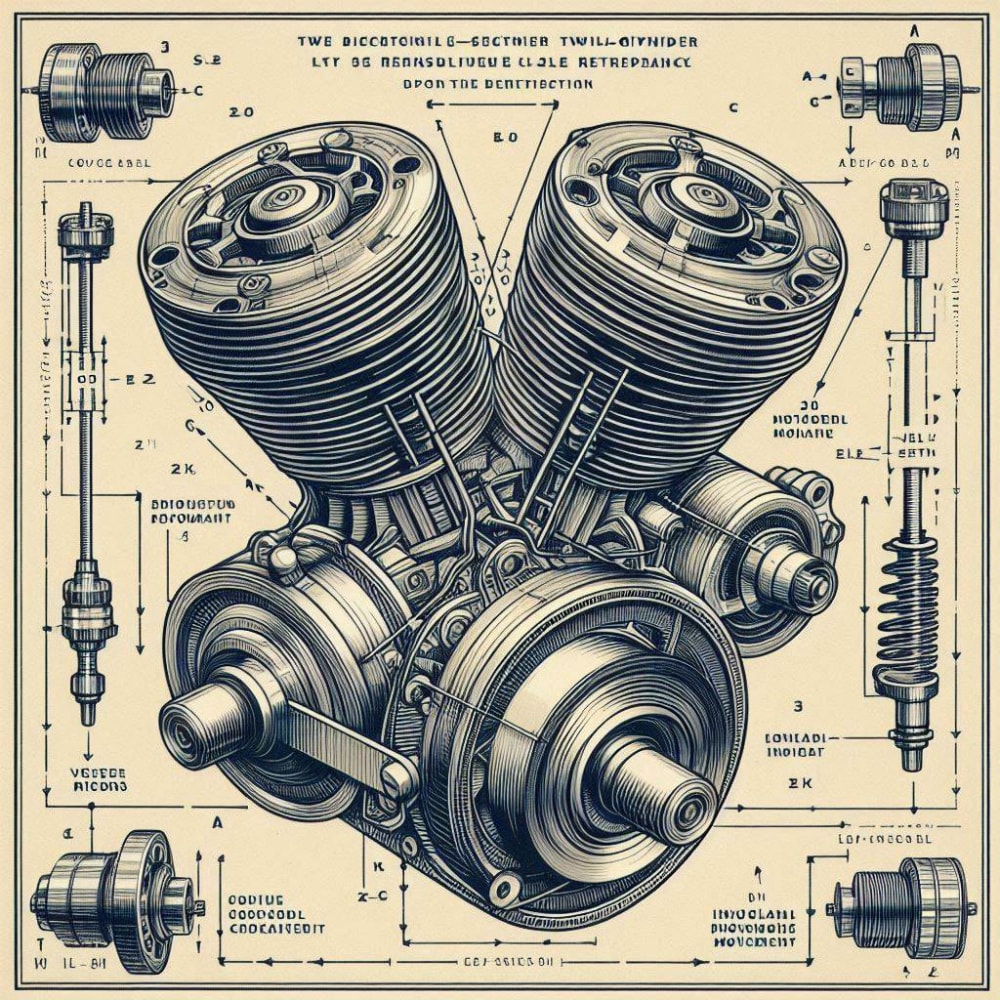Displacement: The engine will have a total displacement of 200 cc, divided equally between the two cylinders (100 cc each).
Pistons: The pistons will be designed to move in a linear-rotary motion. This means that they will have a linear motion (up and down) like in a traditional piston engine, but they will also rotate around their own axis, similar to a Wankel engine.
Crankshaft: The crankshaft will be designed to convert the linear-rotary motion of the pistons into a rotary motion.
Displacement: The engine will have a total displacement of 200 cc, divided equally between the two cylinders (100 cc each).
Pistons: The pistons will be designed to move in a linear-rotary motion. This means that they will have a linear motion (up and down) like in a traditional piston engine, but they will also rotate around their own axis, similar to a Wankel engine.
Crankshaft: The crankshaft will be designed to convert the linear-rotary motion of the pistons into a rotary motion.
Hybrid: with the integration of a magnetic bearing for hybrid operation.
Like this entry?
-
About the Entrant
- Name:Andrea Biasio
- Type of entry:individual
- Patent status:none


